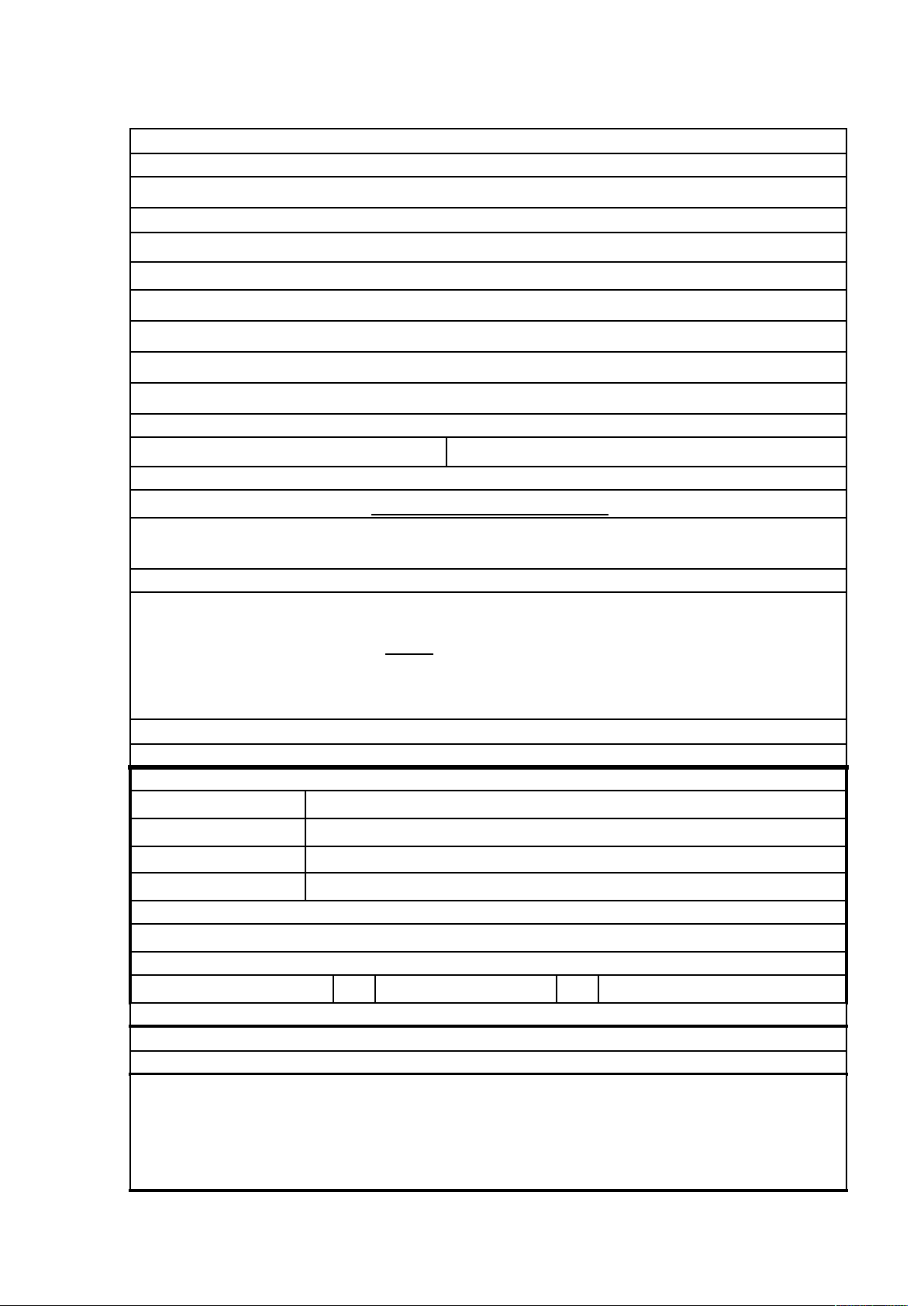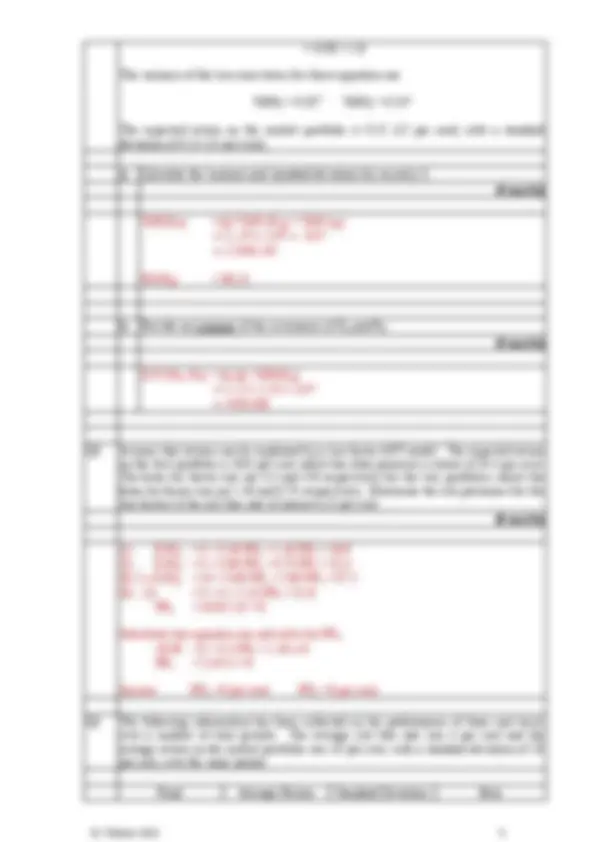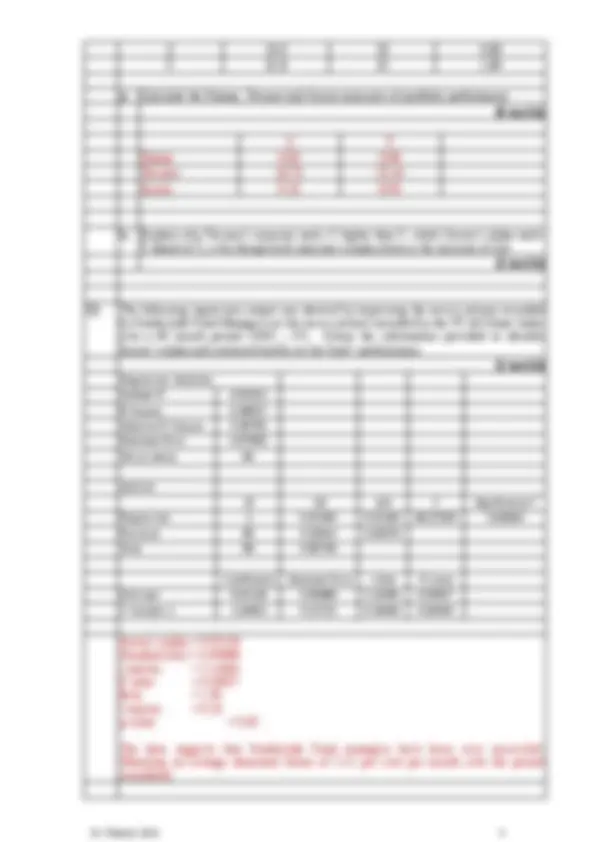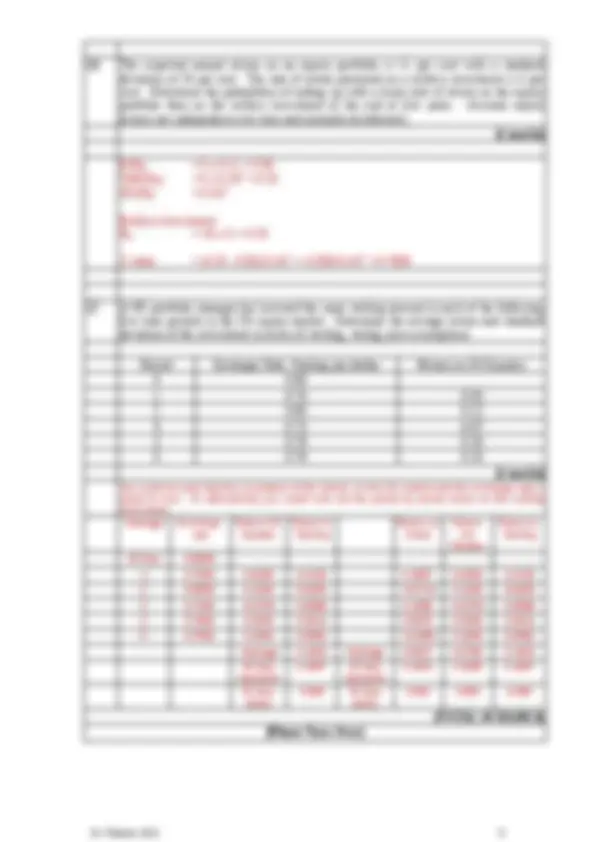





Study with the several resources on Docsity

Earn points by helping other students or get them with a premium plan


Prepare for your exams
Study with the several resources on Docsity

Earn points to download
Earn points by helping other students or get them with a premium plan
Community
Ask the community for help and clear up your study doubts
Discover the best universities in your country according to Docsity users
Free resources
Download our free guides on studying techniques, anxiety management strategies, and thesis advice from Docsity tutors
<div>In this document topics covered which are Other financial institutions,Suppliers of Credit,Commercial Banks,Credit and Risk Analysis,Financial Statement Analysis</div><div><br /></div>
Typology: Study Guides, Projects, Research
1 / 6

This page cannot be seen from the preview
Don't miss anything!




Calculators must not be used to store text and/or formulae nor be capable of communication. Invigilators may require calculators to be reset. All answers are to be written in the spaces provided in ink. Please write clearly as illegible writing cannot be marked. If more space is required the answer can be continued on the back of the page where the question appears. Failure to follow these requirements will lead to a deduction of marks.
To Be Completed (please write clearly)
Section A Answer ALL Questions
Q1. a) A variance-covariance matrix is given below for five securities Based on the information provided determine the standard deviation of an equally weighted portfolio.
Securities 1 2 3 4 5 1 625 300 460 380 290 2 300 400 290 270 210 Securities 3 460 290 841 460 390 4 380 270 460 450 180 5 290 210 390 180 324 (6 marks)
VAR(R (^) p) = 1/N AV.VAR + (1-1/N) AV. COV
VAR(R (^) p) = 1/5 x 528 + 4/5 x 323 = 364
SD(Rp) = 19.
b) Assume that the data provided for these five securities is typical of other securities available for investment. Draw a diagram to represent estimates of the standard deviation of portfolios of 10, 20 and 30 securities. Comment very briefly on the implications of the diagram. (5 marks)
SD(Rp)
√AV.COV = SD(R (^) p) = √323 = 17. No of Securities
Q2. You are given the following single index model equations for securities X and Y
a) Calculate the Sharpe, Treynor and Jensen measures of portfolio performance. (6 marks)
Sharpe 0.60 0. Treynor 18.75 15. Jensen 6.20 8.
b) Explain why Treynor’s measure ranks X higher than Y, whilst Jensen’s alpha ranks Y ahead of X, even though both measures employ beta as the measure of risk. (3 marks)
Q5. The following regression output was derived by regressing the excess returns recorded by Strathclyde Fund Managers on the excess returns recorded by the FT All Share Index over a 60 month period (2002 – 07). Utilise the information provided to identify Jensen’s alpha and comment briefly on the fund’s performance. (5 marks) Regression Statistics Multiple R 0. R Square 0. Adjusted R Square 0. Standard Error 0. Observations 60
ANOVA df SS MS F Significance F Regression 1 0.22193 0.22193 38.37305 0. Residual 58 0.33544 0. Total 59 0.
Coefficients Standard Error t Stat P-value Intercept 0.02118 0.00988 2.14364 0. X Variable 1 1.34561 0.21722 6.19460 0.
Jensen’s alpha = 0. Standard error = 0. t statistic = 2. P value = 0. Beta = 1. t statistic = 6. p-value = 0.
The data suggests that Strathclyde Fund managers have been very successful! Obtaining an average abnormal return of 2.11 per cent per month over the period considered.
Q6. The expected annual return on an equity portfolio is 11 per cent with a standard deviation of 20 per cent. The rate of return promised on a riskless investment is 4 per cent. Determine the probability of ending up with a lower rate of return on the equity portfolio than on the riskless investment at the end of five years. (Assume equity returns are independent over time and normally distributed.) (5 marks)
E(R5) = 5 x 0.11 = 0. VAR(R (^) 5) = 5 x 0.20 2 = 0. SD(R5) = 0.
Riskless Investment R 5 = .04 x 5 = 0.
Z value = (0.20 - 0.55)/0.447 = -0.350/0.447 = 0.
Q7. A UK portfolio manager has invested the same sterling amount in each of the following five time periods in the US equity market. Determine the average return and standard deviation of the investment in terms of sterling, stating your assumptions.
Period Exchange Rate: Sterling per dollar Return on US Equities 0 0. 1 0.70 0. 2 0.65 0. 3 0.74 -0. 4 0.79 0. 5 0.76 0. (5 marks) You could assume that the covariance of the returns on the US market and the exchange rate is equal to zero. Or alternatively you could work out the period by period return on the sterling investment. Average Exchange rate
Return US Equities
Return in Sterling
Return on Dollar
Return US Equities
Return in Sterling
ST.Dev 0. 1 0.7000 0.0400 0.2133 0.1667 0.0400 0. 2 0.6500 0.1200 0.0400 -0.0714 0.1200 0. 3 0.7400 -0.0700 0.0588 0.1385 -0.0700 0. 4 0.7900 0.2000 0.2811 0.0676 0.2000 0. 5 0.7600 0.1000 0.0582 -0.0380 0.1000 0. Average 0.1303 Average 0.0527 0.0780 0. ST.Dev (sample)
0.1097 ST.Dev (sample)
0.1051 0.1006 0.
ST.Dev (pop)
0.098 ST.Dev (pop)
0.094 0.900 0.
(TOTAL 50 MARKS) [Please Turn Over]